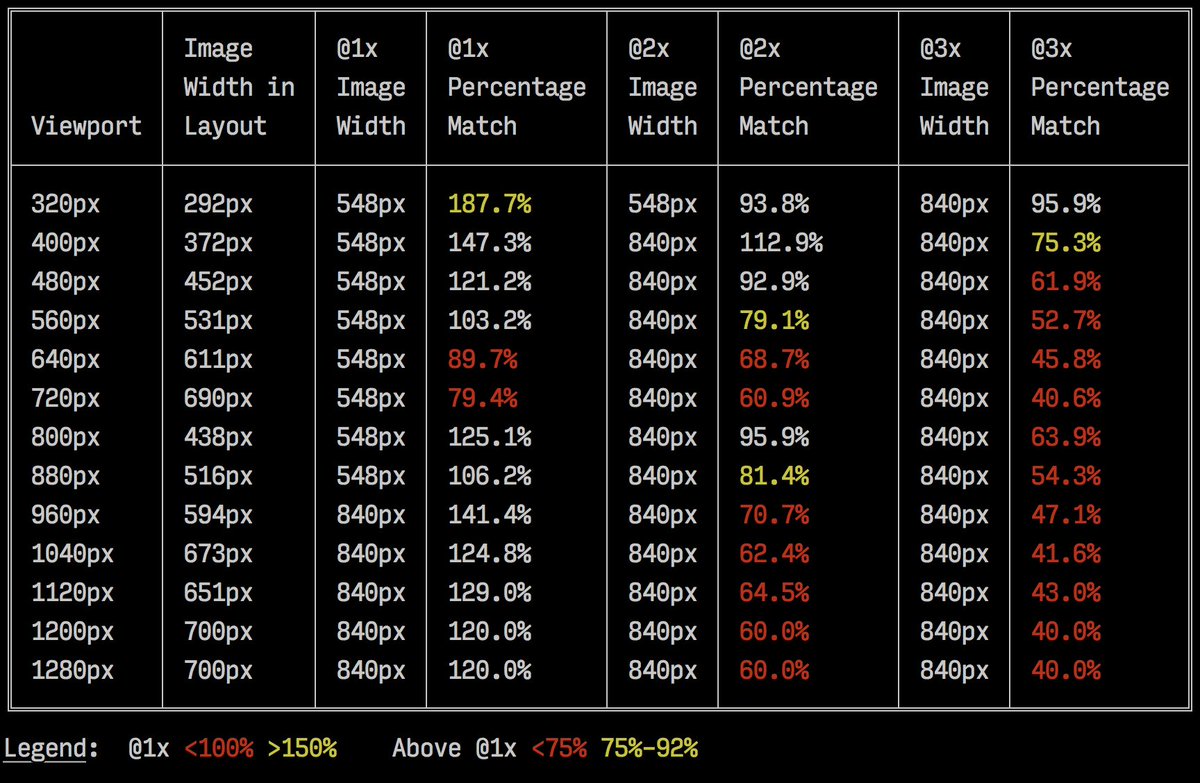Datsun hommer manual pdf. Dct6412 converter manual. Dead to rights instruction manual dead weight tester instruction manual.
A Norwegian CubeSat (10 cm cube) A CubeSat ( U-class spacecraft) is a type of for that is made up of multiples of 10 cm × 10 cm × 10 cm (4 in × 4 in × 4 in) cubic units. CubeSats have a mass of no more than 1.33 kilograms (2.9 lb) per unit, and often use (COTS) components for their and structure. CubeSats are commonly put in orbit by deployers on the, or launched as s on a. Over 1000 CubeSats have been launched as of January 2019.
Over 900 have been successfully deployed in orbit and over 80 have been destroyed in launch failures. In 1999, (Cal Poly) and developed the CubeSat specifications to promote and develop the skills necessary for the design, manufacture, and testing of small satellites intended for (LEO) that perform a number of scientific research functions and explore new space technologies.

Academia accounted for the majority of CubeSat launches until 2013, when more than half of launches were for non-academic purposes, and by 2014 most newly deployed CubeSats were for commercial or amateur projects. Total count of CubeSats launched as of 30 December 2018 Uses typically involve experiments that can be miniaturized or serve purposes such as. CubeSats are employed to demonstrate spacecraft technologies intended for small satellites or that present questionable feasibility and are unlikely to justify the cost of a larger satellite.
Scientific experiments with unproven underlying theory may also find themselves aboard CubeSats because their low cost can justify higher risks. Biological research payloads have been flown on several missions, with more planned. Several missions to the and are planning to use CubeSats. In May 2018, the two CubeSats became the first CubeSats to leave Earth orbit, on their way to Mars alongside the successful mission. Some CubeSats became, being launched by universities, state, or private companies.
The searchable Nanosatellite and CubeSat Database lists over 2,000 CubeSats that have been and are planned to be launched since 1998. 1U CubeSat structure Professors of and of proposed the CubeSat in 1999: 159 with the aim of enabling to design, build, test and operate in space a with capabilities similar to that of the first spacecraft,. The CubeSat, as initially proposed, did not set out to become a standard; rather, it became a standard over time by a process of. The first CubeSats launched in June 2003 on a, and approximately 75 CubeSats had entered orbit by 2012. The need for such a small-factor satellite became apparent in 1998 as a result of work done at Stanford University's Space System Development Laboratory. At SSDL, students had been working on the (Orbiting Picosatellite Automatic Launcher) microsatellite since 1995.
OPAL's mission to deploy daughter-ship ' had resulted in the development of a launcher system that was 'hopelessly complicated' and could only be made to work 'most of the time'. With the project's delays mounting, Twiggs sought funding that resulted in the redesign of the launching mechanism into a simple pusher-plate concept with the satellites held in place by a spring-loaded door.: 151–157 Desiring to shorten the development cycle experienced on OPAL and inspired by the picosatellites OPAL carried, Twiggs set out to find 'how much could you reduce the size and still have a practical satellite'. Magmasoft 5 torrent download.
The picosatellites on OPAL were 10.1 cm × 7.6 cm × 2.5 cm (4 in × 3 in × 1 in), a size that was not conducive to covering all sides of the spacecraft with solar cells. Inspired by a 4-inch (10 cm) cubic plastic box used to display in stores, Twiggs first settled on the larger 10-centimeter cube as a guideline for the new (yet-to-be-named) CubeSat concept. A model of a launcher was developed for the new satellite using the same pusher-plate concept that had been used in the modified OPAL launcher. Twiggs presented the idea to Puig-Suari in the summer of 1999 and then at the Japan–U.S. Science, Technology and Space Applications Program (JUSTSAP) conference in November 1999.: 157–159 The term 'CubeSat' was coined to denote that adhere to the standards described in the CubeSat design specification. Cal Poly published the standard in an effort led by aerospace engineering professor Jordi Puig-Suari., of the Department of Aeronautics & Astronautics at Stanford University, and currently a member of the space science faculty at Morehead State University in Kentucky, has contributed to the CubeSat community.